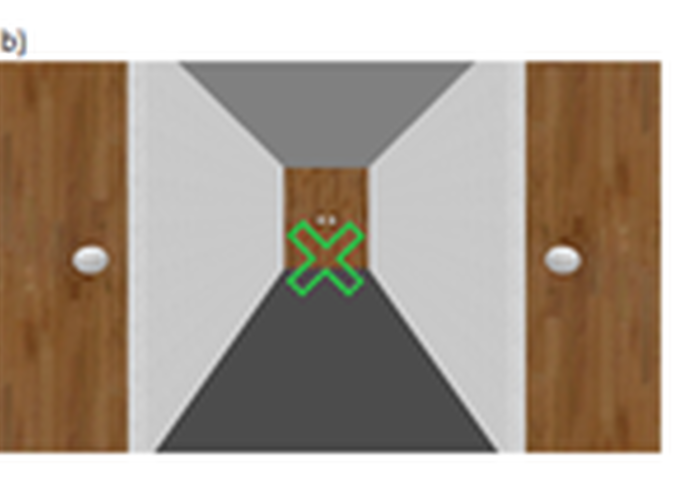The impact of dual tasking on cognitive performance in a Parkinson's disease cohort with and without freezing of gait: An EEG and behavioral based approach
Abstract
Freezing of gait (FOG) is a common disabling gait disorder in late stage Parkinson’s disease (PD), which can lead to falls and loss of independence. To date, the mechanisms causing FOG are still unknown and no treatment has proven to be effective. In this study, sixteen PD participants with and without clinically confirmed FOG symptoms were recruited, referred to as FOG+ and FOG-, respectively. All participants navigated through a customized virtual reality (VR) corridor by stepping in place (SIP) on a force plate while electroencephalography (EEG) data was recorded. The VR environment was combined with a cognitive, visual two-stimulus oddball response task, which was repeated while seated to allow for comparisons to the SIP condition. The VR environment proved to be a reliable tool to elicit FOG like symptoms in a clinical test environment. EEG recordings were compared between conditions (seated/SIP) within groups and behavioral performance was compared between groups and conditions for qualitative differences. In the seated condition FOG+ participants showed similar behavioral performance to FOG- participants, however, in the SIP condition the FOG+ group showed significantly decreased performance with longer reaction times and more target misses. Analysis of the EEG data revealed consistent visual responses to the stimuli, but an absence of the P3b component in stimulus-locked brain responses for FOG+ participants and both conditions. However, if data is response-locked, the P3b component is clearly visible for both conditions, supporting the theory that components related to decision making and motor preparation are present, but with variable delays.
